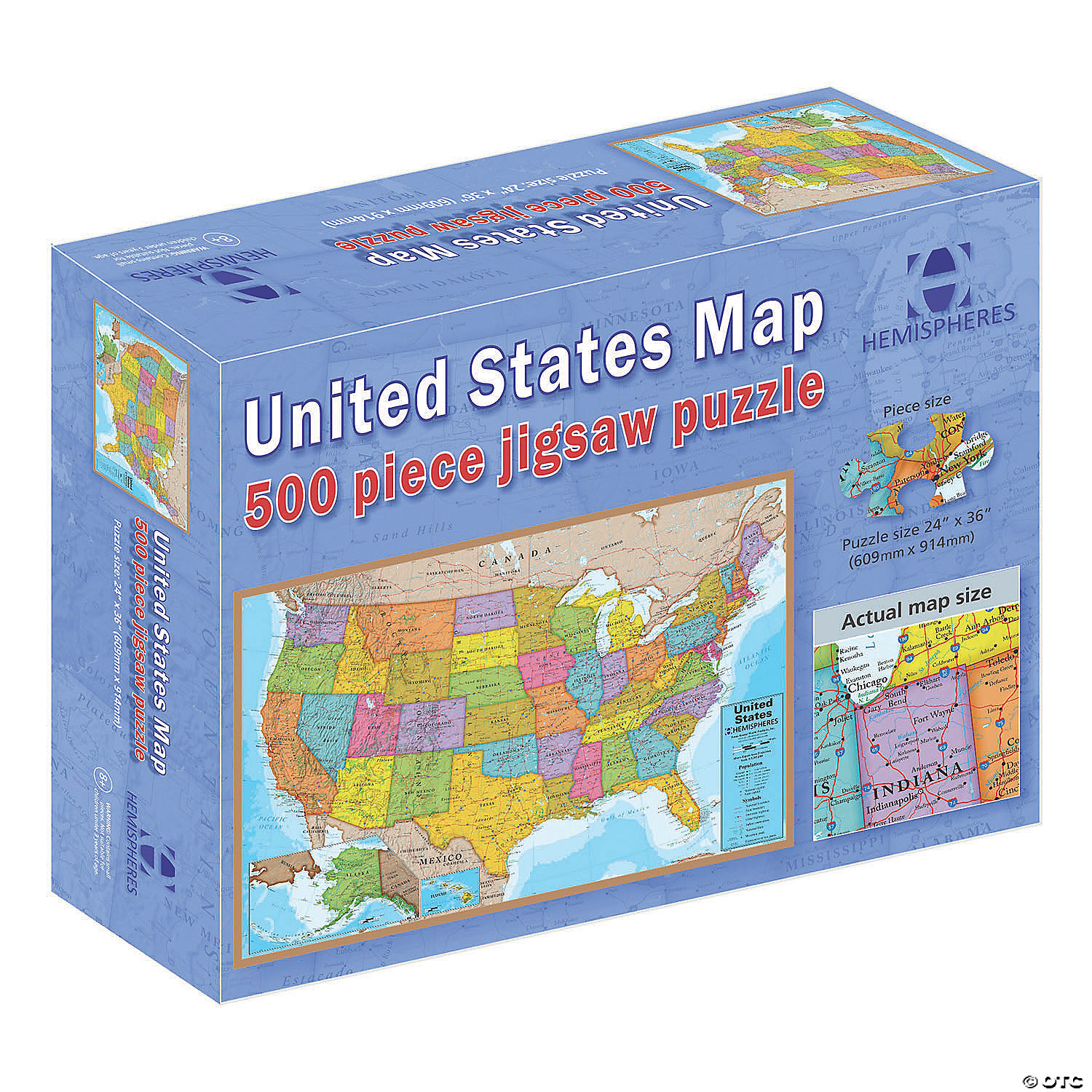
Felt crafts make a great way for children to discover the joy of creativity. They can be made from a variety of materials, so they can be made year round. Both children and adults will enjoy making felt crafts. These are fun to create and can be personalized in any color and any pattern. You can choose from many craft kits to create these great projects. These kits can be found in many stores and come with templates, so you can get started right away.
Clay is a fun and easy way to make crafts for your child. Clay is a fun and creative way to help your child develop their fine motor skills and creativity. Many different kinds of clay are available to make different things. You can also use clay for making small things like faces and animals. Clay is fun for older kids to make, and they'll enjoy learning how it works.

You should consider painting by numbers. This is a great beginner craft, and it will help you to recreate beautiful works of art. All of the supplies you need to create these projects are included in the paint by numbers kit.
Felt crafts are fun to make, and you can find felt patterns for different animals, colors, and even trees. Certain patterns require certain yarns so be sure to get the right materials. To speed up the process, you can use the Cricut Maker.
Use decoupage glue for ornaments older than a couple of days. This will make cleanup much easier and give your project a shine. Acrylic paint can also be used for painting projects. It is fast drying. A paint pen can be used to make the pupil of your eyes. These can be used to add alcohol or glitters.
Sewing is a great way to make a craft for your child. Sewing is a great way of saving money and allowing you to reuse fabric you already have. It also helps the environment. You can make a beautiful dress for your child from an old shirt or make personalized t-shirts for kids.

Felt crafts may be enjoyable, but they're not as difficult to make as they appear. A lot of the time, all it takes is a simple hook and some yarn, and you'll be on your way to creating a cute and unique ornament. You can also use different colors of felt to make flowers. For best results, make sure you pick the right size hook. If your hook is too big, it will be difficult to work with the yarn and result in limp-looking stitches.
FAQ
What are collection hobby?
The most popular collections are books, movies, music, comics, video games, sports equipment, toys, etc.
Also, you can collect anything: stamps, coin to cars, dolls to action figure to model kit to figurines to art materials to tools to cook utensils and jewelry to watches to jewellery to appliances to clothes to furniture or antiques to...
I think you get the point.
What are your competitive hobbies?
There are many competitive sports, including running, swimming and cycling, as well as golfing, tennis and other activities.
They are usually enjoyed by people who enjoy being active, but also allow for social interaction.
If your hobby involves physical activity, you will likely find other people who share it.
This could mean joining a club, or group that meets regularly to do sports together.
You can also participate in team games where you play alongside others.
These include netball (soccer), football (cricket), netball (basketball), hockey, baseball, volleyball and badminton.
There are many types of competition.
Some competitions are organized for purely recreational purposes.
Others are meant to test competitors' skills.
And still, others are designed to reward outstanding performance.
In these cases, winners receive prizes.
Other competitions are intended to test strength and stamina.
These are known as endurance events.
For example, marathon races, triathlons, Ironman Triathlon, etc.
These events are often contested by athletes who train hard.
They will be required to follow a rigorous training program in order to prepare mentally and physically.
They might also have to travel for preparation.
It's important to remember that not all athletes compete in every type of event.
What is a hobby for kids?
A hobby for kids is any activity they like to do as part of their normal daily routine. Kids might enjoy drawing pictures, making things, painting, writing, crafting, and other activities.
Parents worry that their children might get in trouble if they are allowed to do what they like. This isn't necessarily true, though. Your child won't get in trouble if they are safe and don't do any harm to anyone.
It's important for people to understand that just because they like something doesn't necessarily mean they'll choose it all the time. For example, if they love drawing pictures but they hate writing, then they may decide to draw pictures instead of writing.
There are many hobbies available, so you can choose the one you like best.
Why do we need hobbies?
Hobbies are a vital part of our lives as they allow us to unwind, relax, think creatively and exercise. They also give us the opportunity to socialize, network, and have fun. Hobbies offer opportunities to develop new skills as well as life-long interests.
Hobbies give us meaning and purpose in life.
These can often be a great way to get some extra time while you have nothing else.
And they're fun!
If you don’t have the time to do a hobby, you likely don’t have any other hobbies.
So take a look at all the options available to you. Perhaps you should get a hobby started today if you don’t already have one.
What hobbies are in fashion right now
Popularity isn’t always a positive thing. It is often used as an excuse for mediocrity. The fact is that most people do not have time to pursue any hobby they want. They are too busy working to make ends meet. What can you do if your time is limited? You could also start your own business.
It's not easy. You will need to overcome many obstacles before your idea can become a reality.
Consider pursuing a hobby if your goal is to have something more fun than running a company.
Hobbies aren't just limited to creative pursuits. There are many hobbies. These include:
-
Gardening
-
Cooking
-
Photography
-
Reading
How do you get started with your new hobby or interest?
First, decide what type or activity you want to pursue.
Once you have decided on your subject, passion is the key.
It is important to know the reason you want to begin a hobby. It will give you some direction and purpose.
Once you've chosen the hobby you would like to pursue you can start planning.
Think about what equipment you'll need to purchase.
You might need to consider whether you should attend classes or seminars.
Make sure you have enough space for your hobby.
Consider joining a club, or group. These groups are often supportive and offer advice.
Also, consider how much money your hobby would cost.
Statistics
- The intensity of the dialogue partners' bond at the end of the forty-five-minute vulnerability interaction was rated as closer than the closest relationship in the lives of 30 percent of similar students. (time.com)
- This 100% accurate personality-analyzing hobby quiz discovers your passion based on your characteristics. (quizexpo.com)
- 37% Video Games 36% Travel 36% Health and Fitness (quizexpo.com)
- I am 100% biologically a woman (discover.hubpages.com)
- In comparison, men in the “no humor” condition were refused 84.6% of the time and were only accepted 15.4% of the time. (time.com)
External Links
How To
How to begin gardening
Gardening is one among the oldest forms. It requires patience, persistence and determination. You must choose a suitable location to start your garden. You could choose to plant food on a large parcel of land, or in your own backyard. Next, decide what type of plants you want to grow. Do you prefer flowers or vegetables? Some people like to grow herbs and others enjoy raising livestock, such as rabbits. Before you decide on what type of crops to plant you need to take into consideration how much space you have. If you live somewhere that has cold winters, it might be a good idea to grow berries or fruits.
Once you have selected the plants you wish to plant, you should prepare your soil. Soil is essential in determining whether your plants will thrive or fail. High quality soil is rich in organic matter, which feeds your plants' roots. Organic matter includes leaves, twigs (grass clippings), manure, compost, and manure. Once you have prepared your soil, you need to add nutrients. You may need different amounts depending on what type of plants you are trying to grow. A fertilizer calculator online can help you determine these values. There are many fertilizers available so be sure to know what you are purchasing.
Now, wait for your seeds to germinate after you have prepared your soil and added the necessary nutrients. The process typically takes 2 to 3 weeks depending on the weather conditions and temperature in your area. After seeds have sprouted, water them every day. You can endanger your plants if you water them too often or too little. Overwatering can cause problems. Overwatering could lead to root rot as well as fungal diseases. It is important to remember that plants will need less water in summer than in winter when watering them. You should also remember that some plants will need to dry out once they have been watered. Tomatoes, for example, need to be kept moist but not too wet. They won't tolerate soggy soil. After the flowers have stopped, they must go into dormancy. Dormancy occurs when plants stop producing any new growth and start to store energy for the next harvest. Dormancy is when the plant stops sending signals back to its roots for food production. During this period, plants continue to store energy. However, if the temperatures drop below freezing and there isn't enough sunlight, the plant will go to sleep.
Living in urban areas may restrict the types of plants you can plant. Urban areas tend to contain concrete sidewalks, roads, buildings, and parking lots that block sunlight from reaching the ground. Concrete absorbs light, preventing the soil underneath from getting adequate sun exposure. Many plants can't thrive in urban environments because they lack sunlight. Fortunately, there are still many plants that can thrive in an urban environment. Many trees, perennials, shrubs, as well as shrubs can be adapted to urban living. Many annuals can be grown indoors, too, in containers. You can have fresh greenery all year round with container gardens.
Now you're ready to plant.